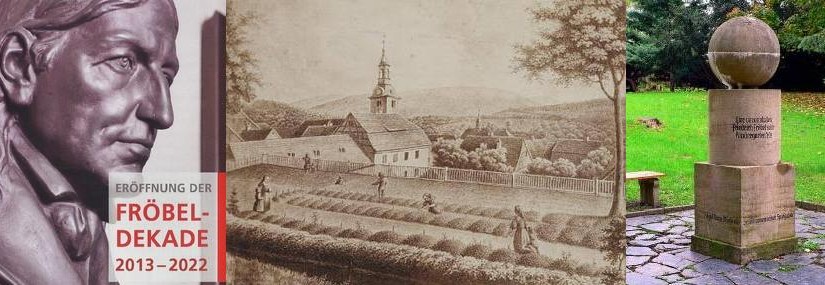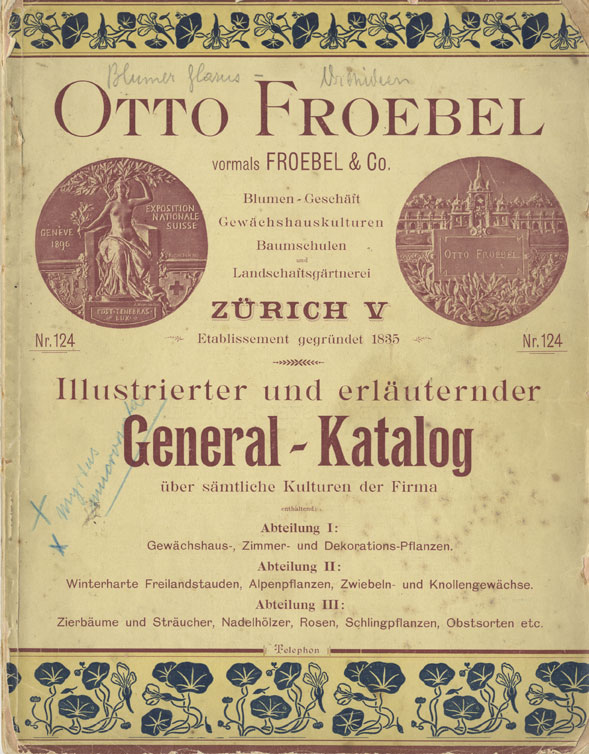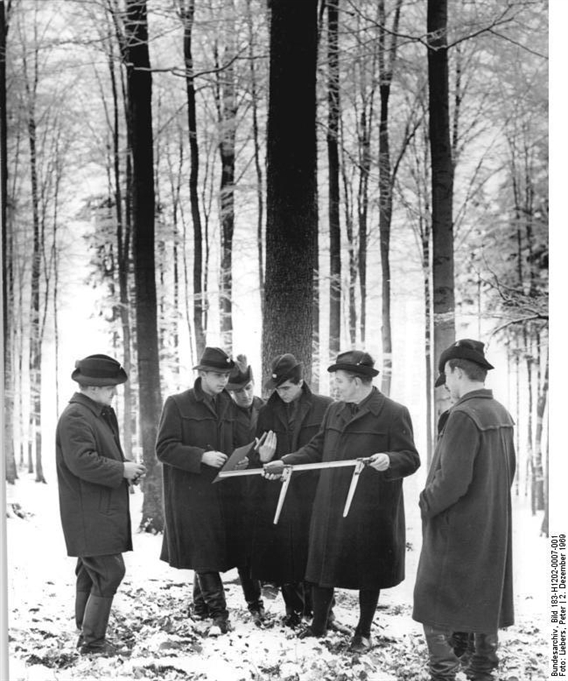Before the introduction in 1872 of the metric system in the German Empire, almost every town had its own definitions of the units of measurement.
Often towns posted the local definitions on a wall of the city hall. The smallest known Elle is 402.8 mm (15.86 in), the longest 811 mm (31.9 in).
 The front wall of the old city hall, built in in 1524 in late Gothic style, shows the “Rudolstädter Elle”. It was a standard length for cloth and canvas merchants.
The front wall of the old city hall, built in in 1524 in late Gothic style, shows the “Rudolstädter Elle”. It was a standard length for cloth and canvas merchants.
Charlemagne (800 – 814 AD) brought a consistent system of measures across the entire empire, which were derived from ancient Roman measures. After his death many rulers within the empire introduced their own variants of the units of measure.
Charlemagne had been also been faced with a variety of currencies at the start of his reign. He standardized a system based on a pound of silver. The denarius was minted with a value of 240 to a pound of silver. A second value, the solidus, was also created as an accounting device with a value of one twentieth of a pound of silver.
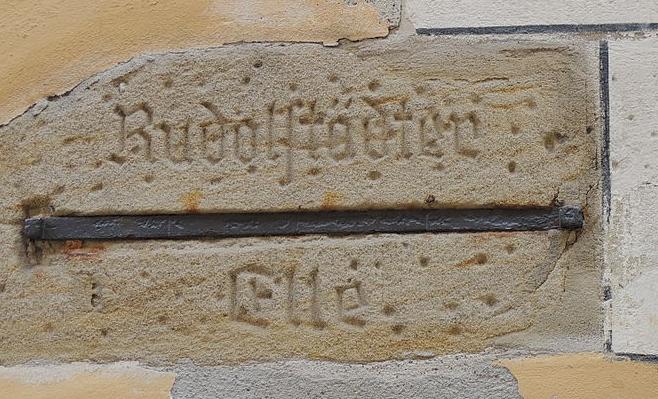




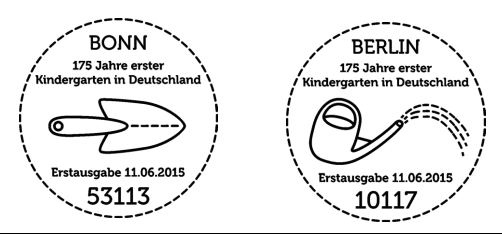
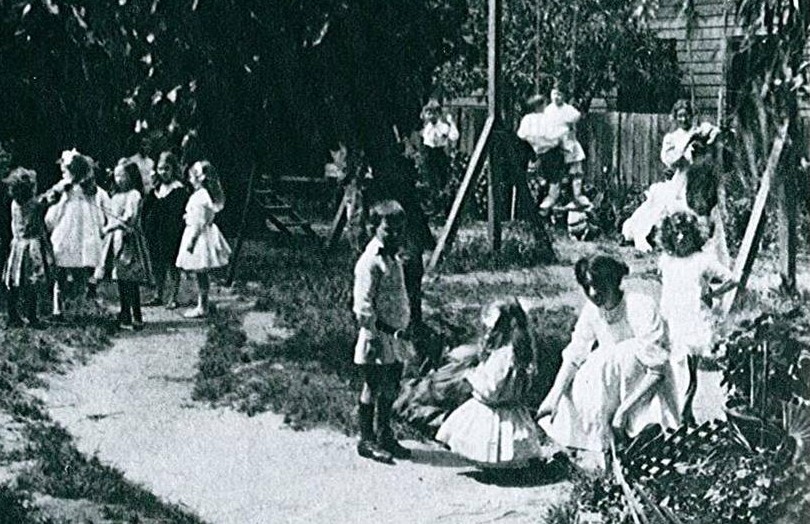


 Ella Wetterhahn, also known at Stella, lives in Albany and is a 93-year-old veteran who served as an Army Nurse in the European Theater during WWII. She has been the subject of two Albany Times Union articles over the years, one in which she was interviewed about her experiences in World War II in which she served her country with conviction and bravery.
Ella Wetterhahn, also known at Stella, lives in Albany and is a 93-year-old veteran who served as an Army Nurse in the European Theater during WWII. She has been the subject of two Albany Times Union articles over the years, one in which she was interviewed about her experiences in World War II in which she served her country with conviction and bravery.